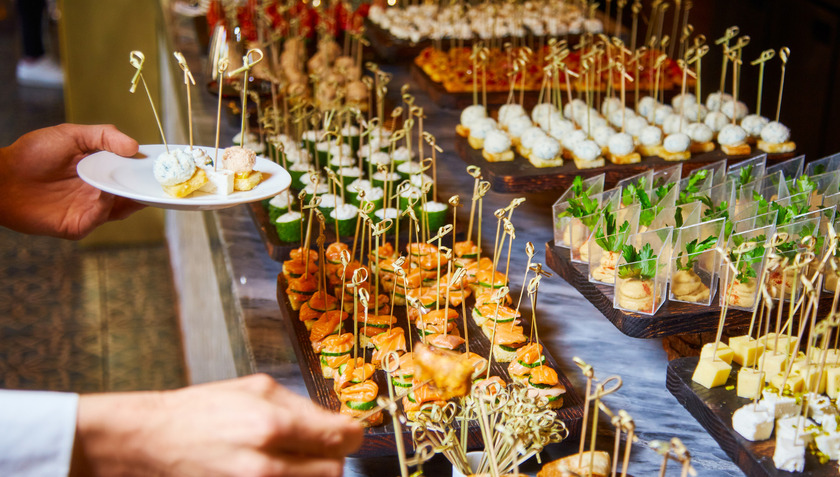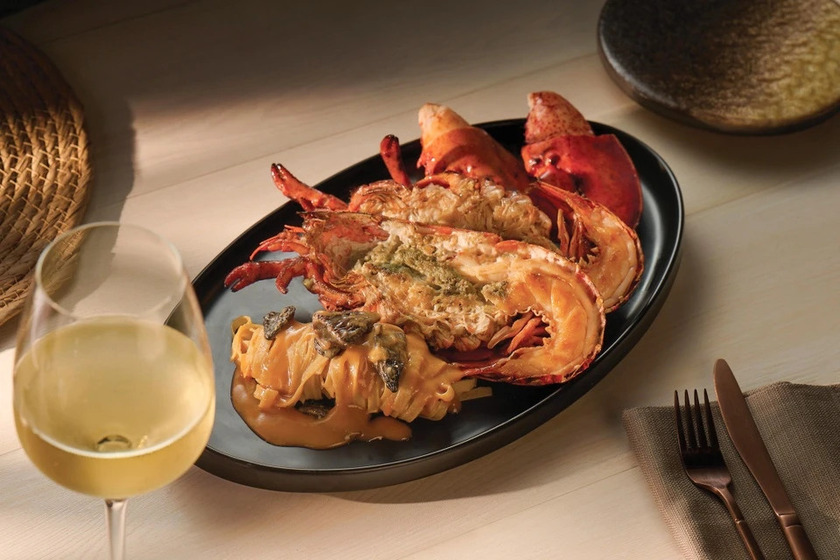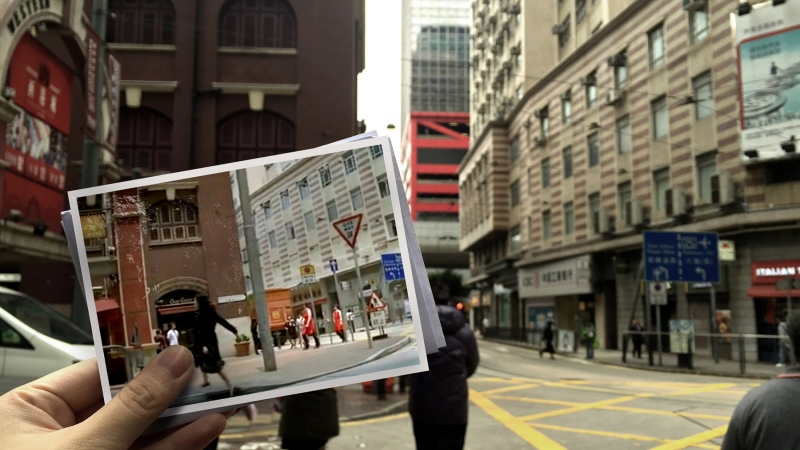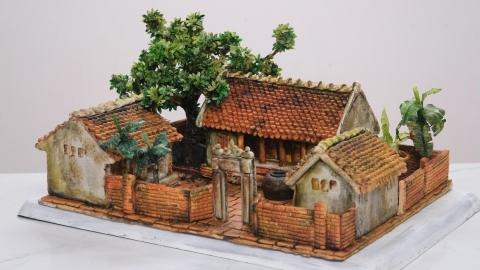3,300 tons of food every day is a huge burden on the environment. This huge amount of food waste not only pollutes water and land but also contributes to climate change. While scientists are struggling to find ways to solve the problem of climate change, in Hong Kong, thousands of tons of food are still being wasted in vain. This is an alarming reality.
In Hong Kong, a city filled with neon lights and high-rise buildings, thousands of tons of food are thrown away every day, according to SCMP.
After a busy meal at the luxurious buffet restaurant of the JW Marriott Hong Kong hotel, the talented chef Tony Wong Chi-chuen discovered a thoughtful problem: every day, a large number of fish bones from fresh groupers were left behind, regrettably wasted. "Customers often only favor the softest, most delicious meat parts, ignoring the remaining bones," Mr. Tony shared. Faced with this situation, the chef came up with a creative and meaningful idea: turning seemingly useless fish bones into delicious, nutritious dishes.

After buffet parties, a huge amount of leftover food is left, which is harmful to the environment.
To realize his idea, Mr. Tony applied a meticulous processing process. The hard, collagen-rich fish bones were boiled thoroughly to create a rich fish bone broth, which was then harmoniously combined with the sour taste of tomatoes, creating a nutritious and cooling soup.
The soft bones with less meat are boiled thoroughly to remove the fishy smell, then dried for 24 hours. These dried fish bones are not only a valuable ingredient to create new dishes but also contribute to significantly reducing the amount of food waste, protecting the environment.
In addition to turning fish bones into delicious soups, Chef Tony Wong has an even more daring idea: creating unique pasta from these crunchy bones. Through a grinding process, the fish bones are ground into a fine powder, then harmoniously combined with gluten-free flour and eggs to create chewy pasta with a distinctive taste of the sea. This unique pasta dish is served with a fresh Boston lobster, creating a culinary experience that is both luxurious and full of surprises.
Every day, Fish Bar proudly presents 20 servings of fish bone pasta, attracting the curiosity and interest of diners. "Many customers are surprised to learn that these delicious pasta strands are made from fish bones. They share that this is the first time they have heard of such a unique preparation method," Chef Wong excitedly shares. The creativity and sustainability of the dish has received enthusiastic support from diners, affirming that making the most of ingredients is not just a trend but also a commitment to the environment.

Lobster noodles made from fish bones are said to be a creative solution to reduce food waste.
Not stopping at fish bones, Chef Wong also shows his talent by turning ingredients that are usually discarded into new dishes. He uses the white skin of watermelon to create refreshing, vitamin-rich juices. Salmon skin, after removing the meat, is processed into crispy snacks, not unlike potato chips. He even boils onion skins to make chicken soup, creating a special delicious flavor.
The relentless efforts of Chef Tony Wong and his team at the JW Marriott Hong Kong have yielded remarkable results. By making the most of every ingredient, from fish bones, watermelon rinds to salmon skin, the amount of food waste discharged into the environment has been significantly reduced. Specifically, the daily amount of food waste in the kitchen has been reduced from 40 kg to 10 kg, mainly from non-recyclable bones. This means that thousands of kg of food have been saved from landfill every year, contributing to significantly reducing the negative impact on the environment.
Not only does it reduce food waste, the kitchen cooking process has also become greener than ever. Thanks to scientific menu planning, optimizing food preparation and preservation, the amount of waste from the cooking process has been virtually eliminated. This not only helps protect the environment but also saves significant costs for the restaurant.



































